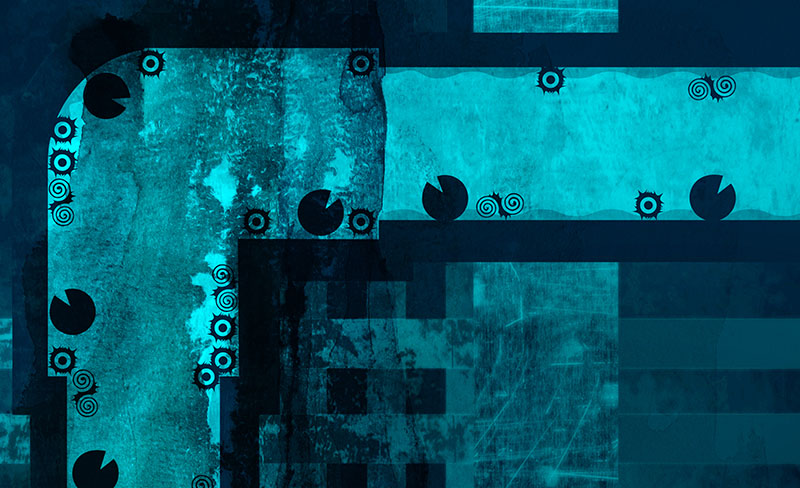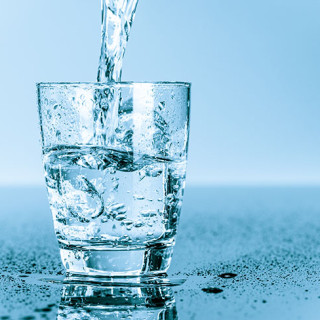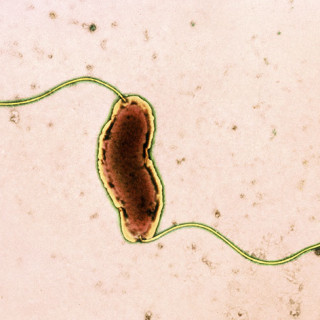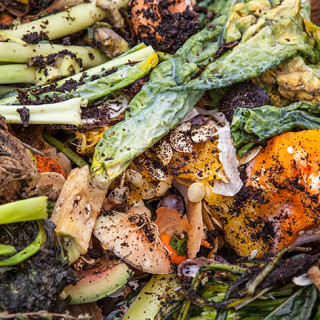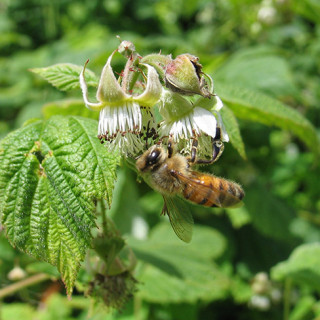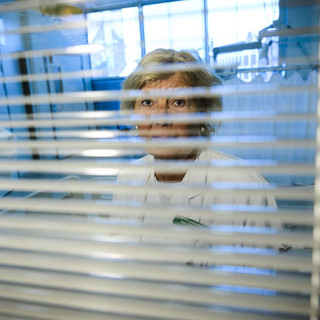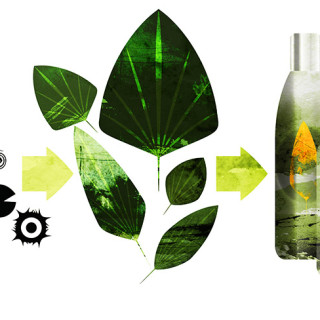Our drinking water pipes are teeming with bacteria
Researchers have discovered that our drinking water to a large extent seems to be purified by ‘good bacteria’ in pipes and not only in the water purification plants as was previously believed.
Do you think that our drinking water is sterile? It’s not. One glass of clean drinking water contains several millions of bacteria. But that’s as it should be – clean tap water almost always contains harmless bacteria. However, the knowledge about them is practically non-existent. But now the situation may be about to change.
Bacteria and microbes mainly grow on the inside of our water pipes, which can be seen in the form of a thin, sticky coating – a so-called biofilm. All surfaces from the raw water intake to the tap are covered in this biofilm.
Researchers in Applied Microbiology and Water Resources Engineering show that the diversity of species of bacteria in water pipes is huge, and that bacteria seem to play a larger, and more positive, role than previously thought. Among other things, the researchers suspect that a large part of water purification takes place in the pipes and not only in water purification plants!
A result of this knowledge is that in the future we can possibly control the quality of raw water so that desirable bacteria can purify the water even more efficiently than today. Disturbances in the biofilm can also be a warning of something not being quite right.
“A previously completely unknown ecosystem has revealed itself to us. Previously, you could hardly see any bacteria at all and now we suddenly see eighty thousand bacteria per millilitre of drinking water! From having been in the dark with a flashlight, we are now in a lit room”, says researcher Catherine Paul enthusiastically.
THE RESULTS HAVE LED TO lively discussions about biofilm coatings within the industry. At least a couple of thousand different species live in the water pipes. According to the researchers there is a connection between the composition of bacteria and water quality.
“We suspect there are ‘good’ bacteria that help purify the water – similar to what happens in our bodies. Our intestines are teeming with bacteria, most of which make sure our stomachs are in check”, says Catherine Paul.
They have for instance discovered that one type of bacteria, Sphingomonas, can be found in high quality water.
“This bacterium is known for consuming non-desirable organic material, and even toxic chemicals and types of plastic. It also withstands chlorine”, she says.
The desirable bacteria do not only like dirt. They also release substances that make the water taste and smell good.
CONVERSELY, THERE ARE BACTERIA which, although they do not cause disease, might be a signal that something is wrong – perhaps through the metal beginning to rust, or the chlorine content not being sufficiently high.
This knowledge comes in handy, now that Sweden will soon spend billions to replace its pipelines from the post-war period.
“The greatest advantage of this newly discovered field of knowledge is that we eventually may be able to control the composition of the raw water in our water supply so that the growth of ‘good’ bacteria is favoured at the expense of undesirable microorganisms. Much like how healthy food creates a better intestinal flora”, says Catherine Paul.
Text: Kristina Lindgärde
Published: 2015
Illustration: Catrin Jacobsson
Facts
-
Catherine Paul
-
Catherine Paul is a research fellow at the Division of Applied Microbiology, Lund University.
-
72 000 km buried water pipes
-
In Sweden there are approximately 72 000 km of buried water pipes, equivalent to eight metres of water pipes per Swede (private pipes in buildings not included). Every year, Sweden produces a thousand million cubic metres of drinking water. Climate change is likely to increase the risk of outbreaks of waterborne diseases, caused by parasites and bacteria. Among other things, a technology to examine biofilms in water pipes with PCR-based large-scale sequencing has been developed together with the Swedish National Forensics Centre and Lund researchers Anders Tunlid, Björn Canbäck and Tomas Johansson, who used a similar technique to examine the microflora in soil samples.


